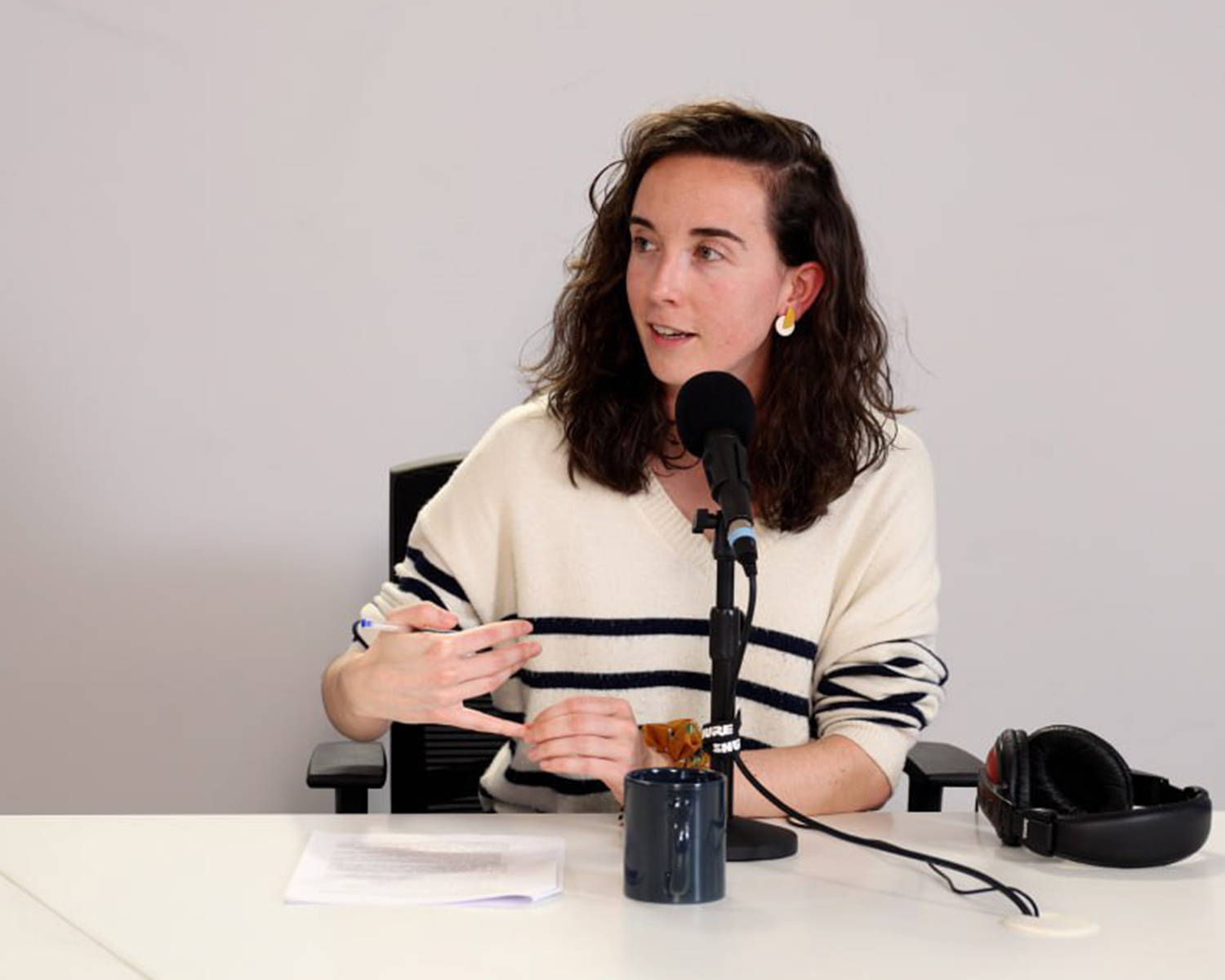
What is the relationship of death? What about adults, what about children? How does our outlook on death change with age? And how to talk about death with children? Yeah, even if it's a taboo subject, let's talk about death. In this third session, Iñigo Martínez talks with the philosopher and professor Maddi Nazabal. A clue to begin with: children approach death more from curiosity than from sorrow.

Death is taboo, it's not... Ask yourself how many times you have talked about death with friends, family, co-workers, and that is when you will find the answer. The subject has probably been taken more quietly than we would have liked – or should have wanted – we have talked many times with a sharper mouth than we would have liked, putting words in size, etc. It is culturally normal. We turn our backs on death, says Maddi Nazabal, “although Hannah Arendt reminds us that death is the only trait that all human beings share.” Before death was more present in the houses, the society dedicated to the evenings. He's staying at the hospital today.
Since the Wild Questions podcast looks at children’s philosophy, Maddi Nazabal and Iñigo Martínez have focused on children. In fact, the tendency to protect very young children from death is well known. “Grandma is gone.” Where did he go?
Nazabal has had other experiences in children’s philosophy workshops. The question “what happens after death?” has come naturally; there is no such taboo among children. In these workshops, children have come closer to death from curiosity than from grief. And, in addition to death, they have often asked “what happens before you are born?” In children’s philosophy workshops the program’s guides do not give answers – who is able to answer these two questions – and often the guides themselves have come home with more questions. That is the beauty of philosophy.
They recommend a book that includes questions of this kind in an interesting way: Hili, written by Uxue Alberdi and with illustrations by Araiz Mesanza. Basically, because we think about dying because we're alive. It is a book that can be useful not only for dealing with death with children, but also for adults.
As adults, what is our relationship to death?
We know that in reality, “at any time” our death can happen, that we can have a disease, an accident... But, as Nazabal points out, “it is curious: we are constantly making predictions, following the rhythm of life.” Organizing holidays with a margin of months, making bank prevision plans, long-term things, dreams, illusions... But as we get older, we can’t say for sure from what moment on, man begins to lower expectations, not to open the calendar as much... just in case. The sea is approaching.
While these slogans, desires, and/or pretensions for self-care and especially health care, how much of the human fear of death, or the maximum prolongation of death, do they have? Or as Nazabal put it on the table: do we take care of ourselves so much because we fear death, or because of the physical appearance and the “good” way of looking at ourselves?
It is a long line to ask ourselves how we have changed culturally, what our relationship now is with death and, above all, with mourning. But the third episode of the Wild Questions podcast has surrendered in just over half an hour, rather than seeking answers, because it intends to serve as an incentive for the listener.